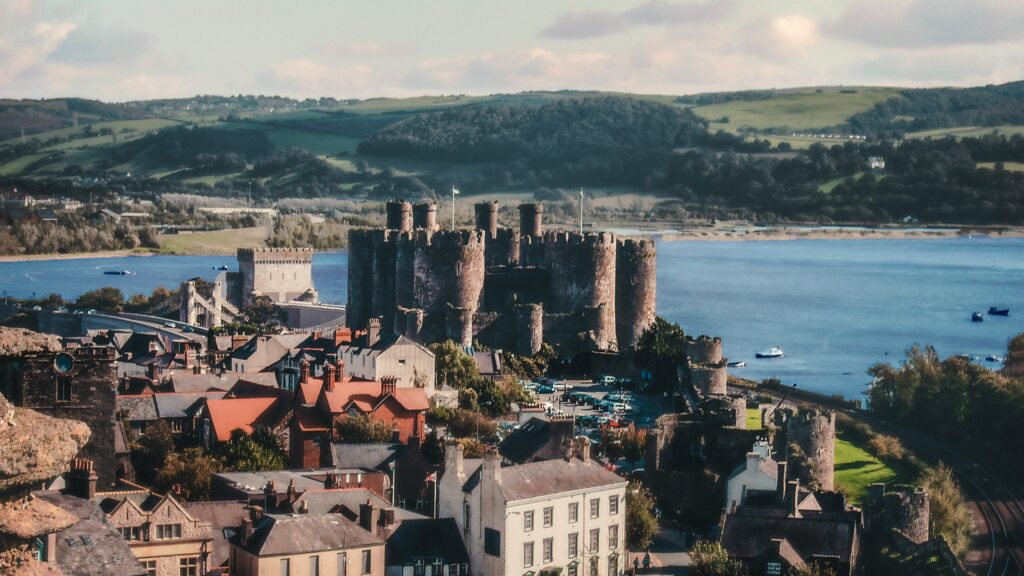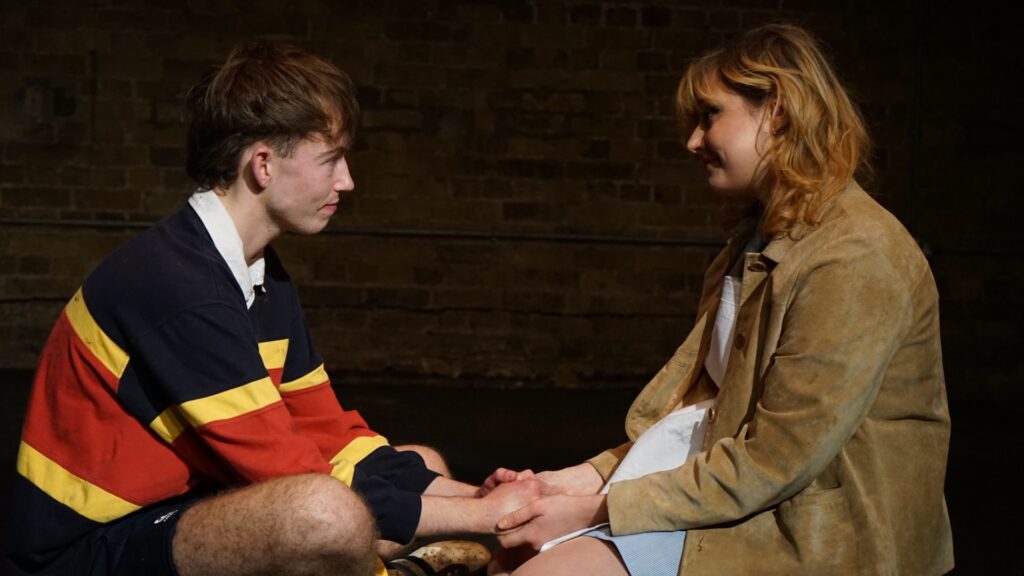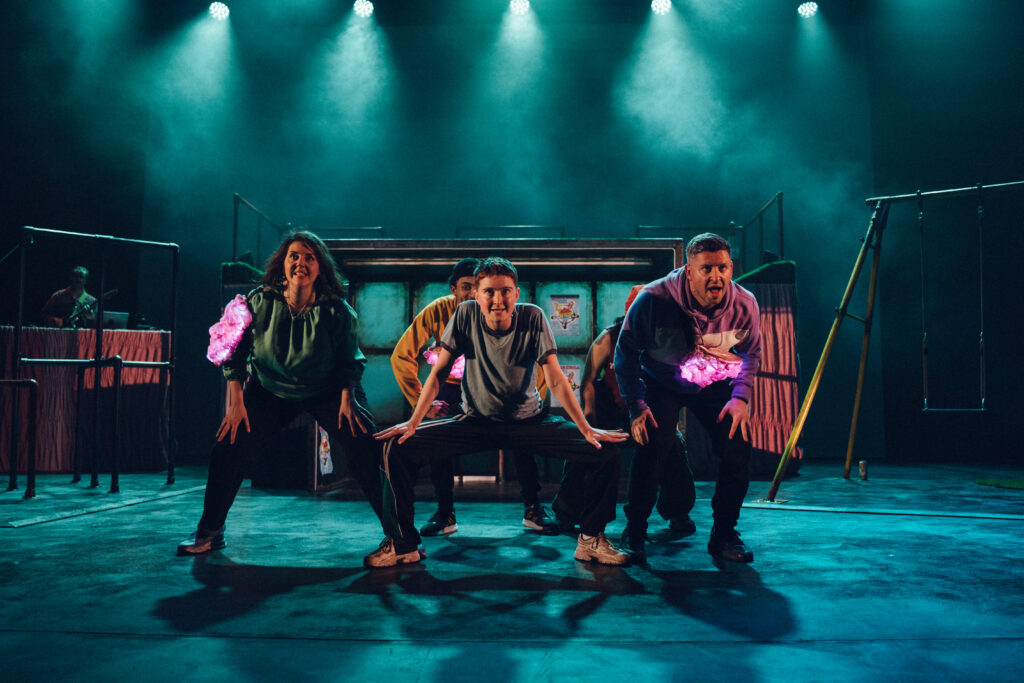Geraint Talfan Davies sees the parties building cultural policy in Wales without much money
In the last year the Welsh Government did its best to shield the arts in Wales from the worst effects of public spending cuts, started the implementation of the Hargreaves report on the creative industries and managed to win approval for legislative competence orders on the Welsh language and wider cultural matters. In the current financial climate all parties are struggling to find ways of moving beyond this without making big financial commitments.
If the Liberals are the odd-man-out in having little to say on broadcasting, it is the Conservatives who have that distinction in the field of the arts, managing to say absolutely nothing at all, despite its Welsh leader, Nick Bourne, beginning his introduction promisingly with an emphasis on Wales as “a creative, innovative and cultured country”. The section on cultural issues in the Conservative document is disappointingly brief, and seems much less sure-footed than its 2007 forerunner.
|
Welsh General Election This is the twelfth in a series of articles we are publishing in the run-up to tomorrow’s National Assembly election. Tomorrow John Osmond sums up the campaigns. |
The party’s 2007 manifesto spoke of its belief that Wales “should become a world class centre for the performing arts”, and promised a strategy to promote public participation in the arts, an arts chartermark scheme for schools, a start on planning a National Gallery for Wales and a Museum of the Celtic Civilisation for north Wales.
Such proposals might have bitten the dust even if the party were not promising to ring fence the health service so, while completely ignoring the arts, the manifesto concentrates instead on plans to give Wales “a big, confident ‘brand’ identity with heritage at its core.” This, it says, “will market Wales as an entire destination from tourism and culture to a business location and partner.” While appearing to be a bold, strategic approach, I confess to a sense of déjà vu. An all-embracing Brand Wales is an old chestnut, a holy grail of Welsh marketeers and, to change the metaphor again, people have found that it is a bit like herding cats.
The proposal is also accompanied by a basket of what, if one was kind, one might call niche ideas – the creation of a Welsh military museum, a duty on local authorities to maintain war memorials, direct funding for the University of Wales Press and, of course, a national holiday on St. David’s Day. The Liberal Democrats adopt a not dissimilar approach with backing for world heritage status for Newport’s Transporter Bridge, and Merthyr’s Cyfarthfa industrial heritage area, though a safe but lesser status for Cardiff’s Vulcan Inn, as well as ‘making it a priority to signpost battlefields’. World status for the Cyfarthfa area, in particular, is certainly long overdue, Merthyr Council having quietly passed up the opportunity to join Blaenavon in its successful bid some years ago.
Both Labour and the Liberal Democrats have proposals to strengthen power to protect old buildings through new Welsh legislation. Indeed, the emphasis on heritage this year is so striking that I began to wonder whether the dominance of heritage over the arts might be a by-product of the regrettable decision to rename the Culture department the Heritage department when the One Wales coalition was formed in 2007. Those with long memories will remember that Chris Smith won great praise from the cultural community when, in 1997 he renamed John Major’s National Heritage Department, the Department for Culture Media and Sport. It was a shame that Wales went in the opposite direction.
Potentially the most significant proposals in the field of the arts bridge the Labour, Plaid and Liberal Democrat manifestos. Labour seems to have found a surer voice on these issues, quoting Aneurin Bevan on the arts as the foundation of a better life, and even emphasising ‘quality arts for Wales’ as well as the importance of access and participation. But it is in relation to young people that it holds out the prospect of a major step forward.
It proposes to ‘require the Arts Council Wales to make arts for young people a central plank of its future action plan in an agreed Compact with the Department of Children, Education, Lifelong learning & Skills.’ (My italics.) This is then echoed in the Plaid document with another reference to ‘a partnership with the education department and the Arts Council of Wales’ to develop ‘a new approach to how children and young people access the arts’.
Plaid wants to see children getting better access to the arts and theatre as part of their school experience, a reform of the teaching and resourcing of music in schools and a national bursary for young musicians and performers. The Liberal Democrats also want to ensure that ‘children have access to some arts provision by maintaining arts in our proposed curriculum reforms’. Their 2007 document, which called for ‘a joint strategy with the education ministry to define cultural entitlements for young people’, was even closer to current Labour and Plaid manifestos, so there is a prospect of easy post-election agreement on these issues between any of these three parties. The Conservative proposal in 2007 for an arts chartermark scheme for schools presumably indicates that it, too, would still be sympathetic to some kind of arts-education compact.
This is a field where Wales has been lagging behind England and Scotland, and there is a desperate need to catch up. Many of us in the arts community have long argued that if governments, quite rightly, require arts organisations to participate in a broader social mission, then the corollary is that we must draw in a wider circle of government actors into arts policy and funding. This could be an area for a major breakthrough.
The Welsh language gets its fair measure of attention in all the documents, reflecting the considerable consensus that exists around the bilingual Wales proposition. Not unexpectedly, Plaid has the longest list of proposals in this area, with plans for a Welsh Language Unit to deliver the language strategy, and promises to increase the use of Welsh as well as the numbers of Welsh speakers. Labour also pledges to increase the numbers ‘using Welsh in our education system’, as well as focusing on post-16 provision outside school. It also links the future of the language to community development.
It is the Conservative party that has the most eye-catching section on the language, promising to work towards one million Welsh speakers by 2031 and 1.5 million by 2051. This is certainly a new departure in political target setting – carbon emission targets are the only parallel – but even if I manage to get to 2051, I will be 107 and probably not up to making a fuss if the target is missed. It is less clear what steps the party would take to live up to this promise, though it may prove easier than closing the GDP gap. A rise in the Welsh birth rate would help – a strategy once espoused by the late Gwynfor Evans – but the Conservatives may be wary of going ‘back to basics’ in this way.





